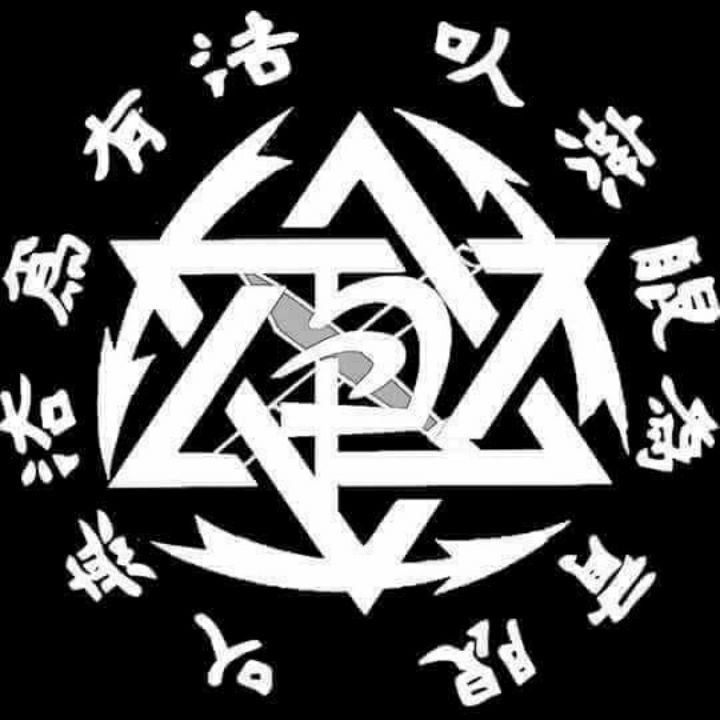Kali-Silat Motion: Unveiling the Art of CCS Kali-Silat
- Sifu Jeramiah Giehl

- Jan 29, 2024
- 3 min read
In the realm of traditional Filipino martial arts, the triad of Kali, Eskrima, and Arnis encompasses a rich tapestry of weapon-based combat. Emphasizing sticks, knives, bladed weapons, firearms, and improvised tools, these arts, known as Kali and Silat respectively, go beyond mere physicality—they are a reflection of a culture's resilience and strategic prowess.
Teaching a spectrum of defensive movements, footwork, blocks, and disarms, Kali-Silat at Cali Combat Systems transcends the ordinary. With applications extending to hand-to-hand combat and weapon disarming, the curriculum is designed for real-world effectiveness.
One distinguishing feature of Kali is our unique approach: students commence their journey by mastering weapon techniques before advancing to empty-hand training. This departure from conventional martial arts is justified by the philosophy that bare-handed skills naturally evolve from weapon techniques, fostering crucial muscle memory.
Motion grouping, a prevalent concept in Kali, unifies techniques for sticks, knives, and empty hands. The belief that the weapon is an extension of the body results in the application of identical angles and footwork with or without a weapon. Historically rooted, this approach echoes tribal warriors transitioning to bare-handed combat after losing their weapons in battle.
A core tenet of Filipino martial arts is the Third Hand Principle (Live Hand). Even with a single weapon, the extra hand becomes a vital tool for controlling, trapping, disarming, blocking, and manipulating opponents. This dynamic use of the live hand extends to simultaneous actions, such as biceps destruction—a hallmark of Kali-Silat.
INOSANTO-LACOSTE KALI: NAVIGATING THE WEAPONS REALM
In the expansive realm of Kali, the Inosanto-Lacoste variant stands out as the epitome of weapons proficiency. Focused on knives and sticks, this curriculum equips practitioners with the skills to defend against blades efficiently. Acknowledging the historical prowess of Filipinos in defeating invaders with sticks and edged weapons, Inosanto-Lacoste Kali remains a testament to the effectiveness of weapons-based martial arts.
The training encompasses a diverse range of weaponry, covering single and double sticks, single knives, and flexible weapons. Addressing three impact weapon ranges—Corto, Medio, Largo—the curriculum delves into Panantukan, Mano-Mano, Destructions, and Dumog. The strategic mindset cultivated in training goes beyond conventional martial arts, emphasizing thinking multiple moves ahead in a fight.
PEKITI TIRSIA KALI: SPECIALIZED COMBAT REALISM
Guro Dan Inosanto's endorsement of the Pekiti-Tirsia System of Kali further underscores its significance. Recognized for its tactical knife self-defense and edged weapon awareness, Pekiti-Tirsia Kali traces its roots to the Visayan region of the Philippines. Cali Combat Systems integrates the wisdom of Guro Dan Inosanto, Tuhon Apolo Ladra in Tri-V, iKali, Combat Blade, and Warrior Kali, FCS Kali, among others, adding depth to the curriculum.
PANANTUKAN - FILIPINO DIRTY BOXING: THE ART OF UNCONVENTIONAL STRIKING
Panantukan, also known as Filipino Dirty Boxing, redefines the boxing paradigm. Originating from the Philippines, this art utilizes the entire body—hands, forearms, shoulders, hips, knees—for attacking opponents. Rooted in a historical shift from extended boxing stances to close-quarter, efficient movements influenced by knife fighting, Panantukan embodies street-oriented self-defense. Emphasizing maximum efficiency and unorthodox techniques, Panantukan is not a sport but a pragmatic street-fighting system.
MAPHILINDO SILAT: BRIDGING CULTURES
Silat, originating from Indonesia and parts of the Philippines, brings its unique flair to the curriculum. A dynamic blend of rapid, brutal techniques, Silat introduces ground fighting (dumog) with body manipulation, takedowns, armbars, and ground control. Embodying elements of Indonesian, Malaysian, and Filipino Silat, the curriculum emphasizes flow, efficiency, and adaptability in both standing and ground situations.
KUNTAO KALI-SILAT: AN SOUTHEAST ASIAN ODYSSEY
The fusion of Filipino and Indian-based martial arts manifests in KunTao Kali-Silat. Drawing from Southeast Asian Kun-Tao (Chinese Fist), Silat, Kali-Escrima, Panantukan (Filipino Empty Hand), and more, this program explores weapons-based combat with a foundation in stick and knife techniques. As the curriculum progresses, it seamlessly transitions into empty-hand and grappling, encapsulating a holistic self-defense approach.
THE INFLUENCES: MASTERS AND MENTORS
The Southeast Asian Martial Arts (Kali-Silat) imparted at Cali Combat Systems draw inspiration from a lineage of esteemed instructors. Sifu Jeremiah Giehl's training under luminaries like Guro Dan Inosanto, Sifu Paul Vunak, Tuhon Apolo Ladra, Guro Burton Richardson, Guro David Seiwert, Guro Daniel Sullivan, and Guro Ron Balicki shapes the essence of the teachings.
In the diverse tapestry of martial arts at Cali Combat Systems, each thread is carefully woven, drawing inspiration from the masters and cultures that enrich the Filipino Martial Arts experience. Under the guidance of Guro Jeremiah Giehl, the journey transcends physicality, embodying the essence of resilience, strategy, and cultural heritage.

Comments